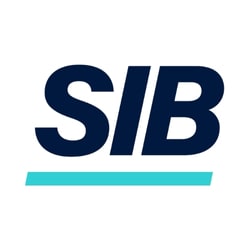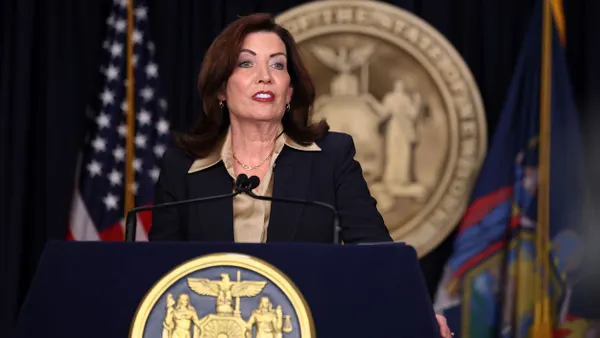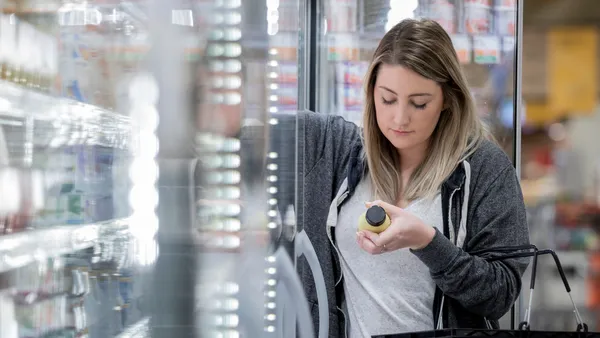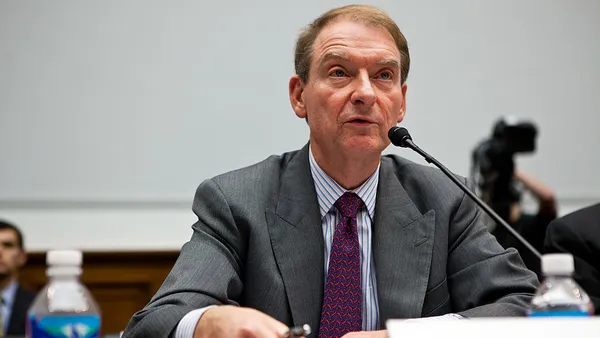Dive Brief:
- Companies with less-than-stellar credit ratings are enjoying cheap borrowing rates thanks to increasing investor appetite for risk and lingering pandemic-related credit downgrades of some large-cap companies.
- The spread between high-risk corporate bonds and Treasurys in the Bloomberg Barclays U.S. high-yield corporate bond index has been falling since late last year and last week stood at 2.75 percentage points, up slightly from 2.62 percentage points — the lowest since before the financial crisis in 2007, The Wall Street Journal reported.
- The narrow spread suggests investors are willing to accept a lower yield, relative to Treasurys, to hold corporate bonds of companies whose credit ratings are below investment grade.
Dive Insight:
One reason for the risk appetite is low Treasury yields, which is forcing investors to buy speculative assets to get higher returns. The yield on 10-year Treasurys last week was 1.29%, the Journal reported using Tradeweb data. That’s down from 1.365% earlier in the week.
Another reason is continuing investor confidence in the economy, despite the rise of the Delta COVID-19 variant and the possibility of interest-rate tightening by the Federal Reserve to cool inflation, the Journal reported.
Safer companies
But another reason has to do with the quality of the companies whose bonds increasingly make up high-risk indexes; because of the impact of the pandemic last year, an increasing number of brand-name large-cap companies like Ford and Kraft Heinz lost their invest-grade credit rating, pushing their bonds into high-risk indexes.
“For a while, high yield has increasingly become the domain of larger-cap [companies], which are often higher quality companies or at least higher-rated companies,” Michael Anderson, head of U.S. credit strategy at Citigroup Inc, told the Journal.
Almost 55% of bonds in the ICE BofA U.S. high-yield index carry an average double-B credit rating, the Journal reported. That's up from 47% in 2019, before the pandemic, and up from 38% in 2008, before the financial crisis.
Double-B is the highest credit rating below investment grade, which means an increasing percentage of high-risk indexes is weighted to assets that are safer or at least perceived to be safer.













